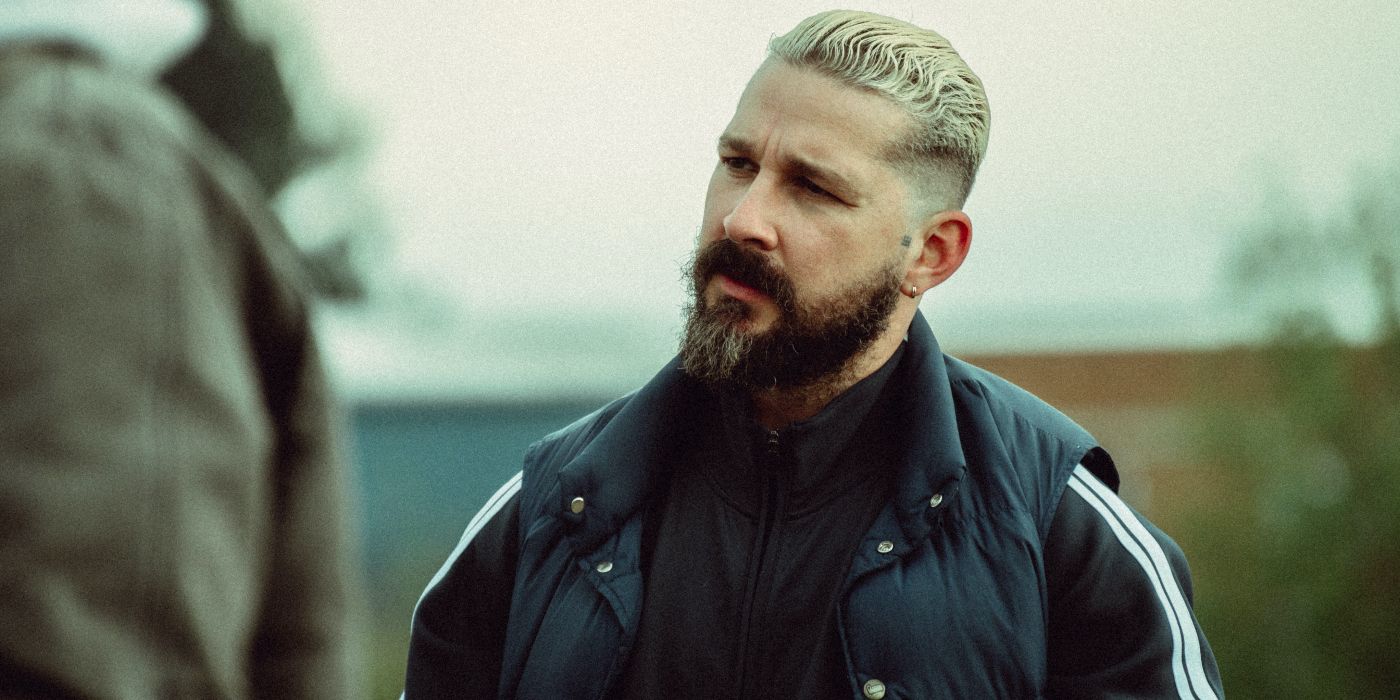Great Vampire Movies You Might Have Missed
The vampire genre is as old as time, stretching way back to 1922 and F.W. Murnau’s black-and-white horror masterpiece . The genre has since evolved as time went by, bringing us more movies such as ,, , and , to name a few. Those are some of the recognizable and well-known vampire movies, but what about the others that are either obscure, underappreciated, or unjustly forgotten, which deserve more attention? This brings us to our list of seven great vampire movies you may have missed…
boasts the unlikely yet fun marriage of a workplace comedy with the contemporary vampire-horror tropes. It’s an offbeat premise cooked up by Brian James O’Connell, who served as the director along with a story credit. The movie, which takes place in and out of the office, embraces relatable issues from dealing with different types of employees to corporate bureaucracy but plays for laughs – the kind of workplace comedy reminiscent of TV’s and Mike Judge’s .
Adding in the vampires taking over the office and that’s where gets, well, bloody. The movie doesn’t skimp over the graphic violence and gore as genre fans will have a field day and enjoy watching plenty of them on a vivid display. Then, there are the actors including Pedro Pascal, who shows up as the wretched sales manager, Max.
This direct-to-video vampire horror-thriller has a unique serial-killer twist, complete with a detective-like, well-dressed vampire played by George Chakiris arriving in L.A. to investigate a series of mysterious murders. The murder victims look like the work of vampires, where their blood is being drained out.
If you can get past Chakiris’ somewhat odd-sounding name of Michael Fury like he’s supposed to belong in a chopsocky kung fu movie, he brings enough stoicism to his no-nonsense character that contrasts well with the late Wings Hauser. The latter appears in a scenery-chewing supporting turn as Van Vandameer, a self-proclaimed video artist for all things erotic and fetish including one of the scenes revolving around an egg crack in the underside of a woman’s knee. The movie throws in some psychic elements, offbeat comedy and even live performances from the California punk-rock band, Agent Orange.
John Landis previously found a perfect formula that blends werewolf horror and comedy in the genre-defining . He repeated those two genres but instead of another werewolf movie, it’s a movie about vampires while giving with a mob angle. As ambitious as it sounds, Landis’s 1992 horror-comedy barely made a bite at the box office, resulting in only nearly $5 million against its $20 million budget.
The movie may have been clunky in places but deserves better recognition in many areas. Landis casts Anne Parillaud, best known for her breakthrough role in , in a sexy and feral performance as the vampire Marie. The movie is equally notable for Robert Loggia’s supporting role as the fearsome mob boss Sal The Shark, whose character turns into a vampire at one point and becomes the highlight of the movie. The pitch-black humor that made such a darkly fun cinematic experience lands well in this movie. has plenty of gore and violence while the effects are just as top-notch including a scene revolving around a vampire character’s gruesome death after exposure to sunlight.
John D. Hancock, who would go on to direct and television series such as, made his directorial debut in . The title may sound like a horror comedy but it’s more of a deliberate psychological horror with vampire-movie elements. Hancock favors atmosphere-heavy visuals rather than frequent in-your-face shocks while bringing out the best in his main star, Zohra Lampert playing the titular character, who was previously hospitalized due to a mental breakdown.
Hancock, who also co-wrote the screenplay with Lee Kalcheim, builds the slow-burning dread right from the get-go that continues to linger throughout the movie. The story constantly has Jessica having inner voices telling her, making you wonder if she’s having a relapse into her previous mental state. The subsequent introduction of a vagrant named Emily (Mariclare Costello) may or may not be a vampire becomes the central mystery before the movie culminates in a genuinely eerie conclusion.
Abel Ferrara brings his indie sensibility to the vampire genre in and shot it in a crisp black and white. Hardly a visual gimmick, the monochrome visuals made the movie distinctly neo-noir vibe, thanks to Ken Kelsch’s atmospheric cinematography. At the center of the movie is Lili Taylor’s nuanced lead performance as Kathleen Conklin, an NYU philosophy student who finds herself being attacked by a mysterious woman one night. The result of her neck being bitten begins to show signs of vampirism.
And here is where Ferrara uses the familiar theme as a bleak metaphor for drug addiction, temptation, and the dark side of human nature. The movie delves into Kathleen’s physical and mental struggles and how a single bite changes her forever. Christopher Walken shows up in a small but memorable role as the vampire, Peina.
George A. Romero is primarily known for his zombie genre but some of his other works are sadly underrated, namely . The title in question refers to John Amplas’s character – a shy and introverted young man who believes he’s a vampire. He doesn’t bite but instead, uses a syringe with drugs to inject his victims before satisfying his craving for blood.
Romero incorporates recurring black-and-white flashbacks of Martin in the olden days but his story never explicitly addressed whether he’s a vampire or simply suffering from a severe delusional disorder. Like his zombie movies, Romero always has a knack for injecting metaphors and social commentary into his films and the same can be said for, which has something to say about teen angst, loneliness, and mental illness.
Neil Jordan is no stranger to exploring the vampire theme, which can be seen in his 1994 high-profile starring Tom Cruise and Brad Pitt. He returns to the familiar territory in Byzantium and instead of a period setting, the story takes place in a modern era. Based on Moira Buffini’s novel “A Vampire Story”, who also contributed to the screenplay, the movie explores the mother-daughter relationship between Clara and Eleanor.
Played by Gemma Arterton and Saoirse Ronan, they deliver great performances in their respective roles. Jordan also subtly incorporated a coming-of-age angle seen from Eleanor’s perspective. He also has an eye for striking visuals, evidently in his graphic depiction of blood and gore while contrasting them well with the hauntingly melancholic vibe of his storytelling.
Do you have any underrated vampire movies that are worth a slot on this list? Let us know on our socials @FlickeringMyth…
Casey Chong
If you’d like to get involved with Flickering Myth Films’ next project, you can check out a list of perks for our 1970s-set suspense thriller Death Among the Pines here…











